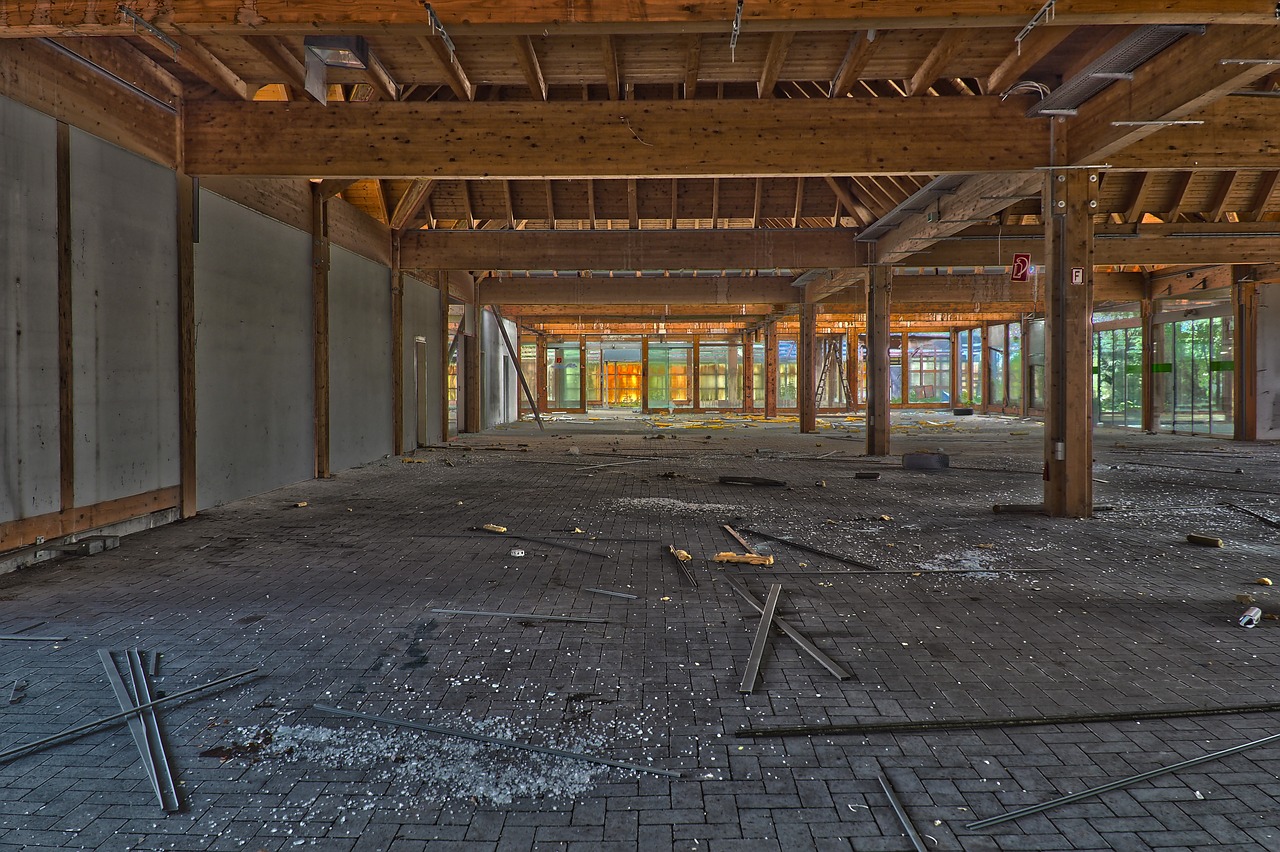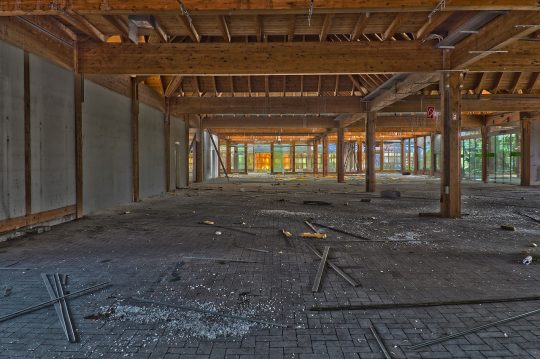 We are facing a corporate debt bomb that is far, far greater than what we faced in 2008, and we are being warned that this “unexploded bomb” will “amplify everything” once the financial system starts melting down. Thanks to exceedingly low interest rates, over the last decade U.S. corporations have been able to go on the greatest corporate debt binge in history. It has been a tremendous “boom”, but it has also set the stage for a tremendous “bust”. Large corporations all over the country are now really struggling to deal with their colossal debt burdens, and defaults on the riskiest class of corporate debt are on pace to hit their highest level since 2008. Everyone can see that a major corporate debt disaster is looming, but nobody seems to know how to stop it.
We are facing a corporate debt bomb that is far, far greater than what we faced in 2008, and we are being warned that this “unexploded bomb” will “amplify everything” once the financial system starts melting down. Thanks to exceedingly low interest rates, over the last decade U.S. corporations have been able to go on the greatest corporate debt binge in history. It has been a tremendous “boom”, but it has also set the stage for a tremendous “bust”. Large corporations all over the country are now really struggling to deal with their colossal debt burdens, and defaults on the riskiest class of corporate debt are on pace to hit their highest level since 2008. Everyone can see that a major corporate debt disaster is looming, but nobody seems to know how to stop it.
At this point, companies listed on our stock exchanges have accumulated a total of almost 10 trillion dollars of debt. That is equivalent to approximately 47 percent of U.S. GDP…
A decade of historically low interest rates has allowed companies to sell record amounts of bonds to investors, sending total U.S. corporate debt to nearly $10 trillion, or a record 47% of the overall economy.
In recent weeks, the Federal Reserve, the International Monetary Fund and major institutional investors such as BlackRock and American Funds all have sounded the alarm about the mounting corporate obligations.
We have never witnessed a corporate debt crisis of this magnitude.
Corporate debt is up a whopping 52 percent since 2008, and this bubble is continually growing.
And actually the 10 trillion dollar figure is the most conservative number out there. Because if you add in all other forms of corporate debt, the grand total comes to 15.5 trillion dollars. The following comes from Forbes…
Total corporate debt is actually much higher. Adding the debt of small medium sized enterprises, family businesses, and other business which are not listed in stock exchanges ads another $5.5 trillion. In other words, total US corporate debt is $15.5 trillion, 74% of US GDP.
Needless to say, this mountain of corporate debt is definitely not sustainable, and I have already noted that defaults are rising. One expert recently explained that all of this debt is “an exploded bomb” and that at some point something will come along to “trigger the explosion”…
“We are sitting on the top of an unexploded bomb, and we really don’t know what will trigger the explosion,” said Emre Tiftik, a debt specialist at the Institute of International Finance, an industry association.
Right now a lot of large corporations are so maxed out that they can barely service their debts. So when things start getting really bad for the economy, we could be facing a wave of defaults unlike anything we have ever seen before.
When asked about what this will mean during the next recession, a finance professor at the University of Pennsylvania warned that it will “make everything happen faster, larger, worse”…
“It’s going to amplify everything,” said Krista Schwarz, a finance professor at the University of Pennsylvania’s Wharton School. “It’s going to make everything happen faster, larger, worse. The recession would just be that much deeper.”
It sounds like she could be a writer for The Economic Collapse Blog.
Of course I am being a bit silly, but the truth is that there is nothing silly about the giant mountain of debt that our society is facing.
In addition to our looming corporate debt crisis, U.S. consumers are 14 trillion dollars in debt, state and local government debt levels are at record highs, and the U.S. national debt just hit the 23 trillion dollar mark.
If you can believe it, we have actually added another 1.3 trillion dollars to the national debt just since last Thanksgiving…
The federal debt has increased by $1,303,466.578.471.45 since last Thanksgiving, according to data released by the U.S. Treasury.
That is the largest Thanksgiving-to-Thanksgiving increase in the debt in nine years. The last time the debt increased more from Thanksgiving to Thanksgiving was in 2010, when it increased by $1,785,995,360,978.10.
It also equals approximately $10,137.48 per household in the United States.
Adding 1.3 trillion dollars to the national debt in 12 months while things are still relatively stable is utter insanity, and what we are doing to future generations of Americans is beyond criminal.
And we aren’t even spending the money well. In fact, Senator Rand Paul continues to document how we are wasting money in some of the most ridiculous ways imaginable…
Sen. Rand Paul is continuing to expose the rampant waste of tax dollars by our government agencies. In a special Fall edition of his Waste Report, the Kentucky senator highlights some of the most wasteful expenditures of our federal government, including a half-a-million-dollar toilet nobody could use and a $22 million project to bring Serbian cheeses up to international standards.
“Once again, The Waste Report takes a closer look at just some of what the federal government is doing with the American people’s hard-earned money, this time including stories of it continuing to turn over so many taxpayer dollars to the Washington Metropolitan Area Transit Authority, funding research that involves hooking Zebrafish on nicotine, buying textbooks for Afghan students that are subpar or sitting in warehouses, and more in a list that totals over $230 million,” states a press release from Sen. Paul’s office.
Of course it isn’t just the United States that is drowning under an ocean of red ink. As Bloomberg has detailed, when you total up all forms of debt in the world it comes to a grand total of 250 trillion dollars…
Zombie companies in China. Crippling student bills in America. Sky-high mortgages in Australia. Another default scare in Argentina.
A decade of easy money has left the world with a record $250 trillion of government, corporate and household debt. That’s almost three times global economic output and equates to about $32,500 for every man, woman and child on earth.
So if you have a household of four, your share comes to $130,000.
Are you ready to pay up?
In the end, all of this debt will never be paid off. Instead, the bubble will just keep ballooning until it inevitably bursts.
And when it finally bursts, many are warning of a complete and total meltdown. In fact, Rick Ackerman believes that “a Mad Max scenario” is likely…
Ackerman contends, “I am a little more bearish than that. I see a Mad Max scenario as inevitable. . . . I try not to think about it because we’ve all got lives to live and kids to raise. . . . When you go back to the calculous of deflation and that every penny of every debt must be paid, if not by the borrower then by the lender, we have already put ourselves into a condition where Social Security is going to fail. Medicare is going to fail. All the ‘just-in-time’ deliveries are going to be in jeopardy. Food from the grocery stores, one day shipping from Amazon, I don’t see how all these things can continue to operate in a condition other than in the false prosperity that we have now. We are at the pinnacle of affluence.”
I haven’t been able to find anyone that can logically argue that the road that we are currently on has a positive ending.
The truth is that we are headed for complete and total disaster, and the only real debate is about how long it will take for us to get there.
So enjoy these moments of relative stability while you still can, because it is only a matter of time before we go over the precipice.
About the Author: I am a voice crying out for change in a society that generally seems content to stay asleep. My name is Michael Snyder and I am the publisher of The Economic Collapse Blog, End Of The American Dream and The Most Important News, and the articles that I publish on those sites are republished on dozens of other prominent websites all over the globe. I have written four books that are available on Amazon.com including The Beginning Of The End, Get Prepared Now, and Living A Life That Really Matters. (#CommissionsEarned) By purchasing those books you help to support my work. I always freely and happily allow others to republish my articles on their own websites, but due to government regulations I need those that republish my articles to include this “About the Author” section with each article. In order to comply with those government regulations, I need to tell you that the controversial opinions in this article are mine alone and do not necessarily reflect the views of the websites where my work is republished. This article may contain opinions on political matters, but it is not intended to promote the candidacy of any particular political candidate. The material contained in this article is for general information purposes only, and readers should consult licensed professionals before making any legal, business, financial or health decisions. Those responding to this article by making comments are solely responsible for their viewpoints, and those viewpoints do not necessarily represent the viewpoints of Michael Snyder or the operators of the websites where my work is republished. I encourage you to follow me on social media on Facebook and Twitter, and any way that you can share these articles with others is a great help.


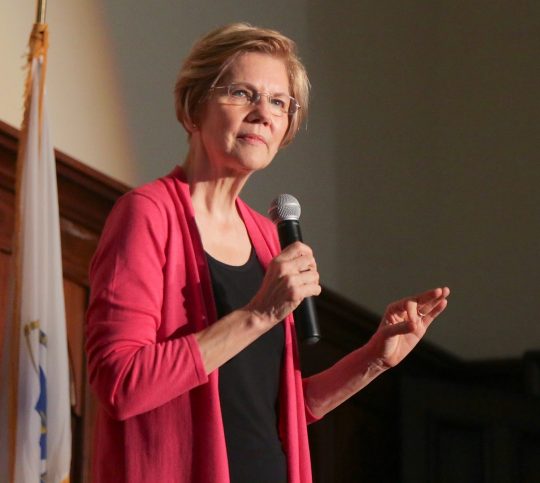

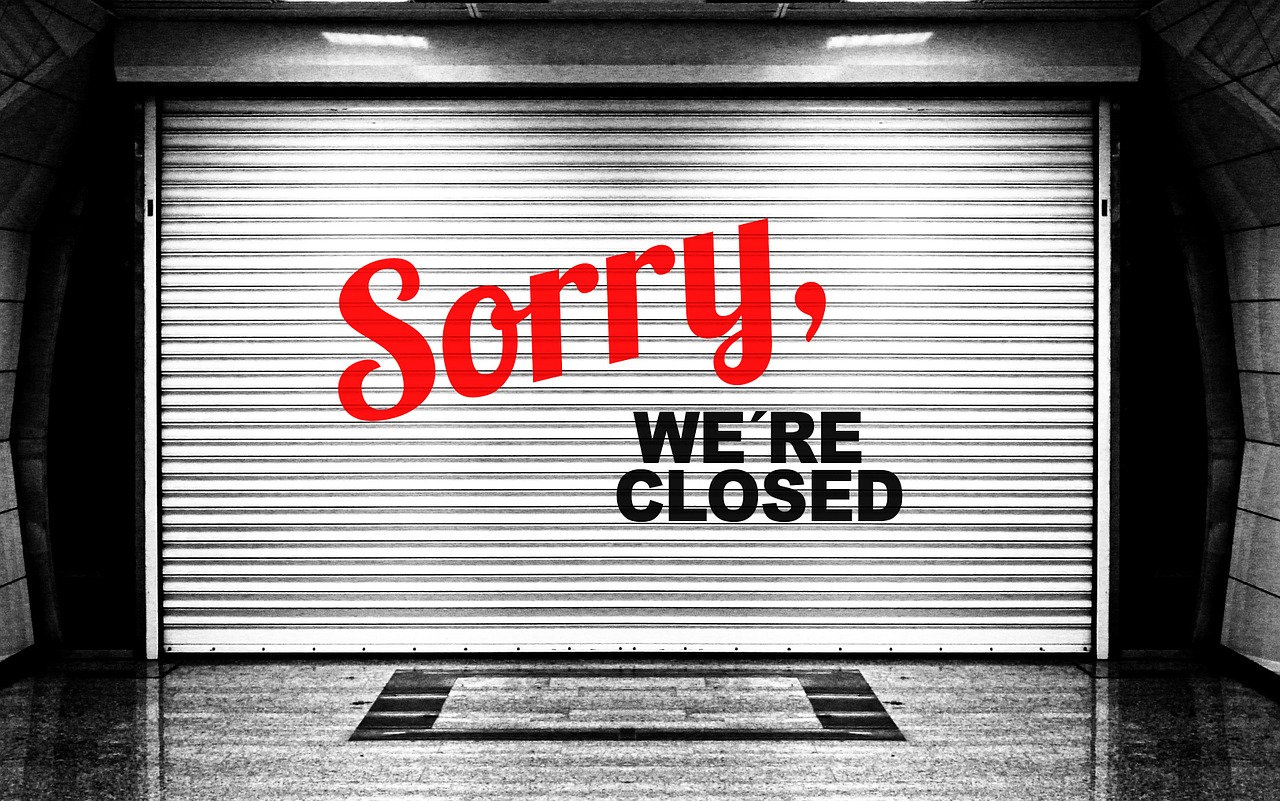
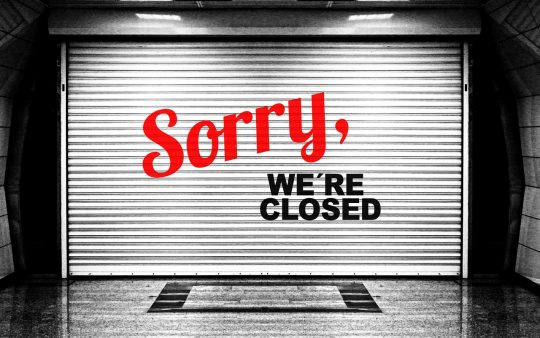 If the U.S. economy is in good shape, why have retailers already shuttered more stores than they did in all of 2018? Not only that, we are also on pace to absolutely shatter the all-time record for store closures in a single year by more than 50 percent. Yes, Internet commerce is growing, but the Internet has been around for several decades now. It isn’t as if this threat just suddenly materialized. As Internet commerce continues to slowly expand, we would expect to see a steady drip of brick and mortar stores close, but instead what we are witnessing is an avalanche. If the U.S. economy really was “booming”, this wouldn’t be happening. But if the U.S. economy was heading into a recession, this is precisely what we would expect to see.
If the U.S. economy is in good shape, why have retailers already shuttered more stores than they did in all of 2018? Not only that, we are also on pace to absolutely shatter the all-time record for store closures in a single year by more than 50 percent. Yes, Internet commerce is growing, but the Internet has been around for several decades now. It isn’t as if this threat just suddenly materialized. As Internet commerce continues to slowly expand, we would expect to see a steady drip of brick and mortar stores close, but instead what we are witnessing is an avalanche. If the U.S. economy really was “booming”, this wouldn’t be happening. But if the U.S. economy was heading into a recession, this is precisely what we would expect to see.
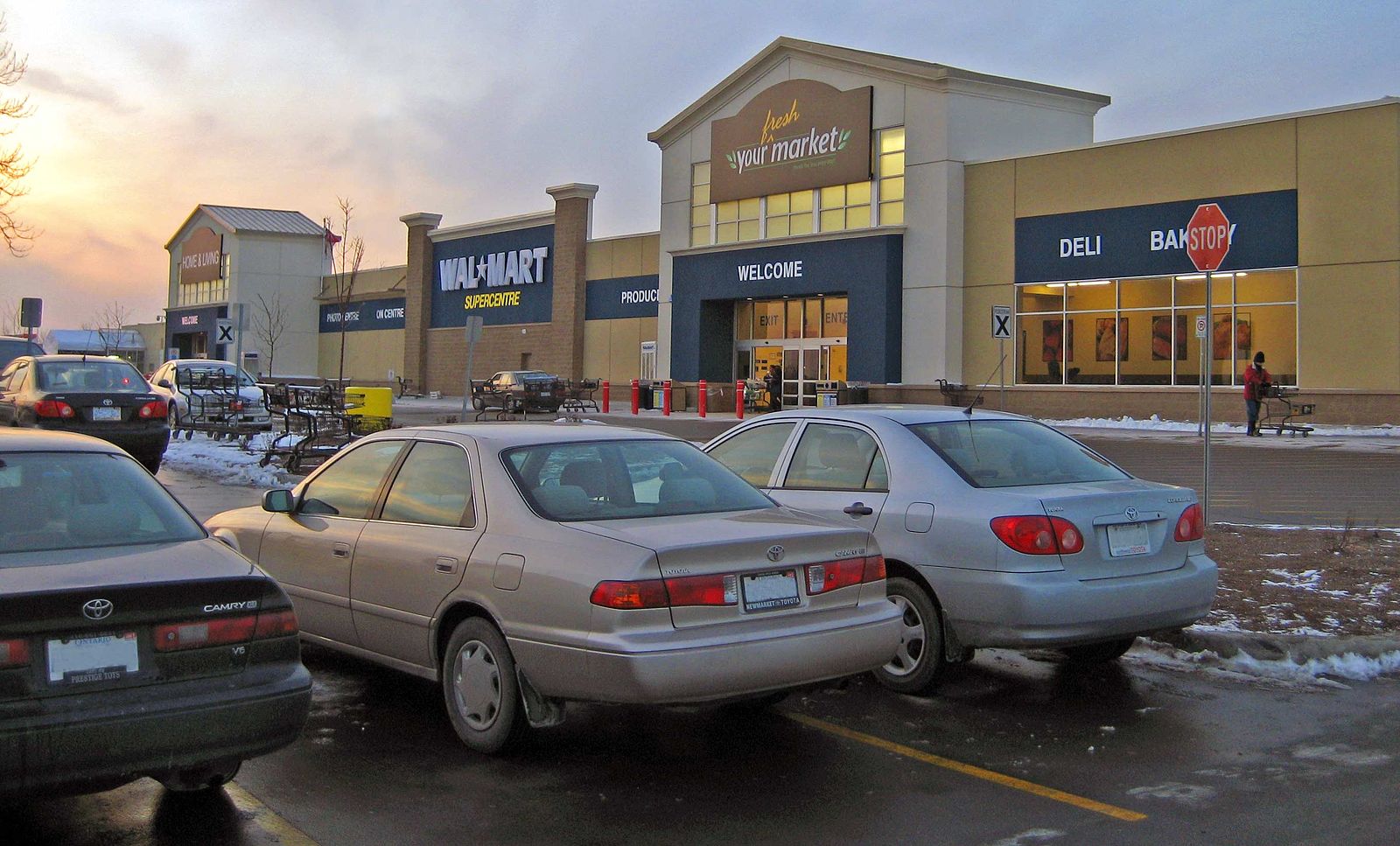
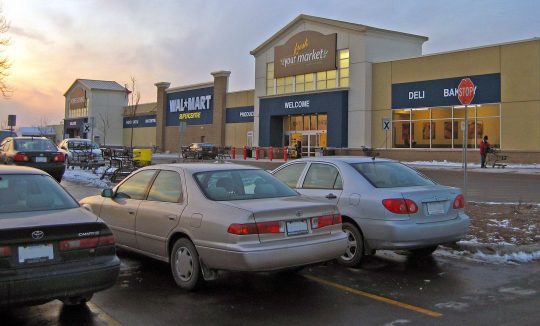 Just like we witnessed during the last recession, major retailers are laying off tens of thousands of workers, and it looks like this will be the worst year for store closings in all of U.S. history. Many are referring to this as
Just like we witnessed during the last recession, major retailers are laying off tens of thousands of workers, and it looks like this will be the worst year for store closings in all of U.S. history. Many are referring to this as 